Nationality United States Fields Physics | Name Robert Hofstadter Role Physicist | |
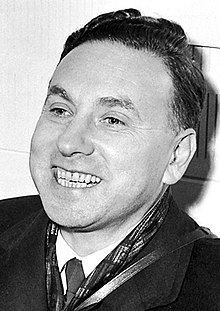 | ||
Born February 5, 1915New York City ( 1915-02-05 ) Institutions Stanford UniversityUniversity of Pennsylvania Spouse Nancy Givan (m. 1942–1990) Books High-energy electron scattering tables Children Douglas Hofstadter, Laura Hofstadter, Molly Hofstadter Parents Louis Hofstadter, Henrietta Koenigsberg Similar People Douglas Hofstadter, Felix Bloch, Leonard I Schiff, Robert Herman, James Rainwater | ||
The 2018 Robert Hofstadter Memorial Lecture: Vicky Kalogera
Robert Hofstadter (February 5, 1915 – November 17, 1990) was an American physicist. He was the joint winner of the 1961 Nobel Prize in Physics (together with Rudolf Mössbauer) "for his pioneering studies of electron scattering in atomic nuclei and for his consequent discoveries concerning the structure of nucleons".
Contents
- The 2018 Robert Hofstadter Memorial Lecture Vicky Kalogera
- Robert Hofstadter Wikipedia audio article
- Biography
- Thallium activated sodium iodide gamma ray detector
- Coining of the fermi unit and 1961 Nobel Lecture
- Compton Gamma Ray Observatory and EGRET Telescope
- Awards and honors
- Publication list
- References
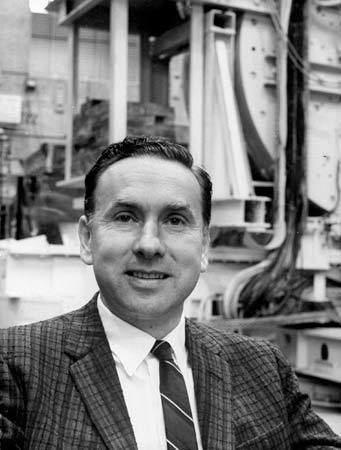
Robert Hofstadter | Wikipedia audio article
Biography
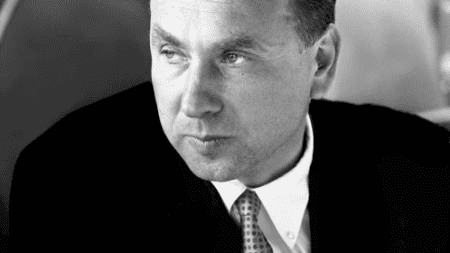
Hofstadter was born into a Jewish family in New York City on February 5, 1915, to Polish immigrants, Louis Hofstadter, a salesman, and the former Henrietta Koenigsberg. He attended elementary and high schools in New York City and entered City College of New York, graduating with a B.S. degree magna cum laude in 1935 at the age of 20, and was awarded the Kenyon Prize in Mathematics and Physics. He also received a Charles A. Coffin Foundation Fellowship from the General Electric Company, which enabled him to attend graduate school at Princeton University, where he earned his M.S. and Ph.D. degrees at the age of 23. He did his post-doctoral research at the University of Pennsylvania and was an assistant professor at Princeton before joining Stanford University. Hofstadter taught at Stanford from 1950 to 1985.
In 1942 he married Nancy Givan (1920–2007), a native of Baltimore. They had three children: Laura, Molly - who was disabled and not able to communicate, and Pulitzer Prize-winner Douglas Hofstadter.
Thallium-activated sodium iodide gamma ray detector
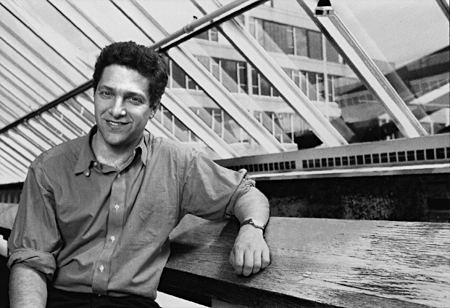
In 1948 Hofstadter filed a patent on this for the detection of ionizing radiation by this crystal. These detectors are widely used for gamma ray detection to this day
Coining of the fermi (unit) and 1961 Nobel Lecture
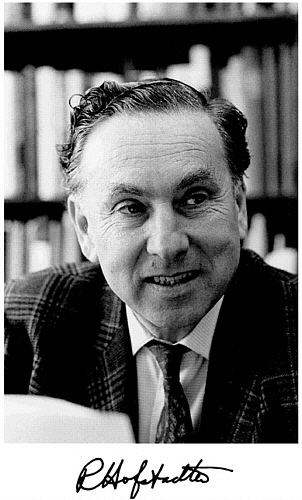
Robert Hofstadter coined the term fermi, symbol fm, in honor of the Italian physicist Enrico Fermi (1901–1954), one of the founders of nuclear physics, in Hofstadter's 1956 paper published in the Reviews of Modern Physics journal, "Electron Scattering and Nuclear Structure". The term is widely used by nuclear and particle physicists. When Hofstadter was awarded the 1961 Nobel Prize in Physics, it subsequently appears in the text of his 1961 Nobel Lecture, "The electron-scattering method and its application to the structure of nuclei and nucleons" (December 11, 1961).
Compton Gamma Ray Observatory and EGRET Telescope
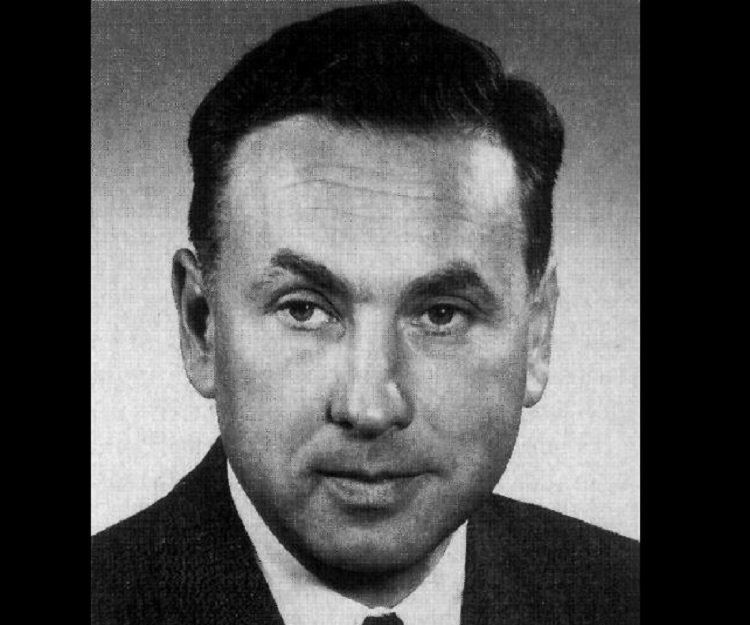
In his last few years, Hofstadter became interested in astrophysics and applied his knowledge of scintillators to the design of the EGRET gamma-ray telescope of the Compton Gamma Ray Observatory named for fellow Nobel Laureate in Physics (1927), Arthur Holly Compton. Stanford University's Department of Physics credits Hofstadter with being "one of the principal scientists who developed the Compton Observatory."
Awards and honors
Publication list
Technical reports:
